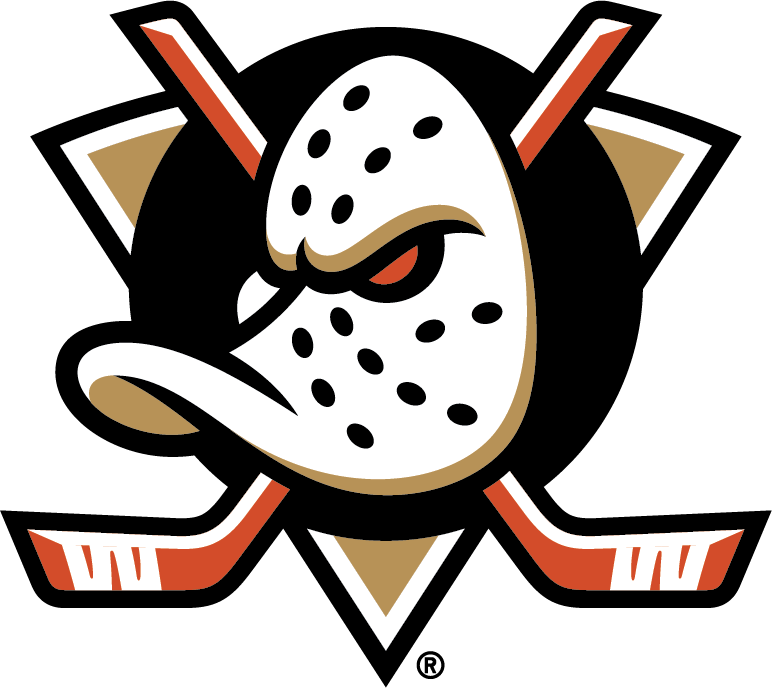USFS stands for United States Figure Skating, and was formed in 1921. USFS is the original governing body for the sport of figure skating in the United States, recognized as such by both the United States Olympic Committee (USOC) and International Skating Union (ISU). USFS conducts test sessions, trains and certifies our officials, and runs the competitions that qualify our skaters for International, World, and Olympic competitions
LTS USA stands for Learn to Skate USA. LTS USA is the only learn to skate program to be endorsed by all national governing bodies in ice sports including US Figure Skating, USA Hockey, US Speed Skating, Professional Skaters Association, US Ice Rink Association, and Special Olympics. LTS USA provides foundational framework for both recreational and competitive skaters.
ISI stands for Ice Skating Institute. ISI is an organization of rink owners and operators dedicated to the promotion of recreational skating. ISI has their own testing and competition structure and is not recognized by the United States Olympic Committee (USOC) or International Skating Union (ISU).
PSA stands for Professional Skaters Association, and was formed in 1938. PSA is the world’s largest and most recognized organization of skating coaches. The PSA is the official coaches’ certification program for figure skating, endorsed by USFS and the USOC. The PSA Rating and Ranking programs are recognized world-wide and 100% of all U.S. Olympic and World coaches are members of the PSA.
These are written and oral exams conducted by the Professional Skaters Association. The Rating levels go from:
- Basic Accreditation Rating
- Registered Rating
- Certified Rating
- Senior Rating
- Master Rating
- For a coach to achieve a Master Rating, they must have passed the USFS Senior Test or have coached skaters who have passed the USFS Senior Test in that discipline and they must have passed 5 written exams and 4 oral exams pertaining to skating knowledge and ability to teach given by a panel of expert Master Rated coaches.
Ratings are offered in 10 different disciplines: Free Skating, Moves in the Field, Group, Program Director, Choreography, Synchronized Skating, Pairs, Dance, Free Dance, and Figures.
These are special sessions provided for the practice of jumps, spins, turns, steps, moves in the field, etc. Skaters are allowed to share the sound system in order to practice their routines to music. Skaters are provided with full ice usage and no cones are allowed on Freestyle sessions. Freestyle sessions will provide for more productive practice and lesson time.
These tests incorporate basic, intermediate, and advanced forms of skating and turning skills used in figure skating. They follow general patterns on the ice and therefore require specialized practice sessions. The areas of focus of the moves include: power, edge quality, extension, quickness, continuous flow, and turn execution. These are pre-requisite tests to a Free Skating test.
This is a discipline of figure skating which can be done individually as solo dance or as a couple of one female and one male. This discipline involves prescribed steps, edges, turns and patterns done in time to various rhythms and musical selections. Advanced ice dancing involves lifts that do not pass the man’s shoulders, partnered spins, and partnered steps.
This is a discipline of figure skating where one female and one male combine as a couple to perform advanced jumps, spins, overhead lifts, throws, and other skating elements. Strong freestyle skills are required before entering this figure skating discipline.
This is a discipline of figure skating where 8-20 skaters form a team on the ice. These competitive teams move on the ice as one and perform creative formations, difficult turns, lifts, and steps in unison with others.
This is a discipline of figure skating where 8-24 skaters form a team on the ice. These competitive teams merge the technical jumps and spins with unique choreography, ice dancing, pair moves, synchronized skating, and theater to tell a story or act out and emotion or idea on the ice.
The level you enter in competitions is determined by your highest test passed. Each US Figure Skating test that you pass goes on your permanent record and is an achievement you always carry with you. When an athlete passes their Senior or Gold test, it is a huge accomplishment, marking many years of dedication to the sport, and their mastery of that discipline. US Figure Skating’s test structure can be compared to karate, and the process of an athlete earning belts until they achieve their black belt. Another comparison is the Boy Scout program, where boys advance through levels and ultimately strive to become Eagle Scouts. In each figure skating discipline, there are 6-8 test levels, with the highest one being either “Senior” or “Gold.” Most US Figure Skating Double Gold Test Medalists have been skating for approximately 12 years. Earning a Gold test is something that every young skater can and should strive for, and it is a wonderful goal for one’s skating career. The types of figure skating tests and levels of each are outlined below from lowest test to highest test:
- Moves in the Field: Pre-Preliminary, Preliminary, Pre-Juvenile, Juvenile, Intermediate, Novice, Junior, Senior (Gold)
- Free Skating: Pre-Preliminary, Preliminary, Pre-Juvenile, Juvenile, Intermediate, Novice, Junior, Senior (Gold)
- Pattern Dance: Pre-Preliminary, Pre-Bronze, Bronze, Pre-Silver, Silver, Pre-Gold, Gold
- Free Dance: Juvenile, Intermediate, Novice, Junior, Senior (Gold)
- Pairs; Pre-Juvenile, Juvenile, Intermediate, Novice, Junior, Senior (Gold)



